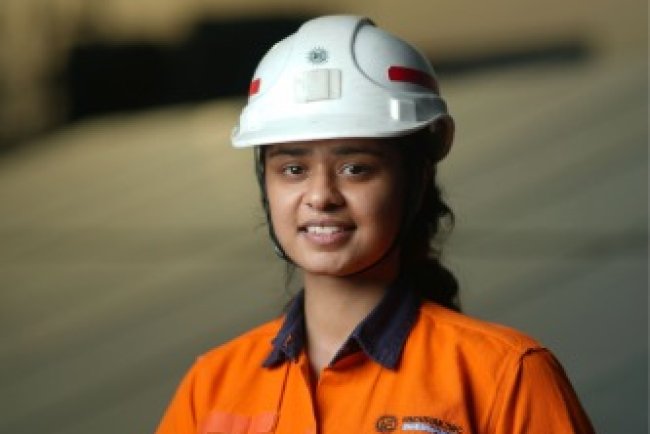Phlair And Carbon Removal To Build Europe’s Largest DAC
Phlair and Carbon Removal to build Europe’s largest DAC plant in Norway, targeting 500,000 tonnes CO2 yearly.

In a landmark European climate change mitigation milestone, DAC technology firm Phlair and carbon project developer Carbon Removal, in its Norwegian subsidiary NorDAC Kollsnes AS, have signed a partnership to develop the first commercial-scale DAC carbon removal and geologic storage project in the Nordic region. Øygarden, Norway, will be Europe's largest of its type, putting Norway at the vanguard of carbon management technology.
The facility will be located side by side with the Northern Lights carbon transport and storage hub, a strategic location driven by Norway's unwavering preparedness in CO₂ transport and storage. The project will start by eliminating 60,000 tonnes of carbon dioxide (CO₂) from the environment each year, with expected growth exponentially. In its second phase, the plant will trap and extract as much as 500,000 tonnes of CO₂ annually. Scale-up does not only talk of technological aspiration but also increasing urgency and the promise of DAC in international climate solutions.
DAC technology, one of the most significant elements in realizing a net-zero energy system as pointed out by the International Energy Agency (IEA), is the capture of CO₂ directly from the air. This captured carbon will either be used as a feedstock for industrial purposes or irreversibly stored in the geological record, a new way of realizing "negative emissions." Because the carbon removal role is becoming more central to climate strategies—particularly in the promise of addressing hard-to-abate emissions—such projects will undoubtedly attract more interest and investment.
Phlair's work in the project is significant in light of its proprietary DAC system meticulously planned to function entirely on the power of the sun. The decision is not just eco-friendly but also a savvy financial one. Load-flexibility in solar-powered DAC technology guarantees that it can dynamically scale with changes in grid demand, thereby serve as a climate solution as well as a supplementary backup for the infrastructure of renewable power. Such synergy between clean energy integration and DAC can be credited for lowering otherwise exorbitant costs of operating carbon removal technology. Phlair also asserts that the system can prove the viability of implementing DAC alongside current and prospective renewable power infrastructure.
The captive carbon from the Øygarden facility will either be stored permanently beneath the ground or utilized to manufacture CO₂-reducing chemicals, a market which is progressively unfolding for its double benefit of carbon mitigation and process innovation. In addition to lowering atmospheric content of CO₂, the venture will also usher in new economic prospects in climate-congruent sectors.
Malte Feucht, Phlair CEO, highlighted the wider significance of the project in cementing Europe's place as a leader in global carbon removal. "Europe stands at a crossroads and can be a carbon management leader," he said. "We are building the foundation for significant, permanent carbon removal."
The terms of the agreement are clear for every firm. Phlair will deliver its hydrolyzer modules, engineering, installation, and commissioning. NorDAC, Carbon Removal's subsidiary company, will acquire the remaining infrastructure, project development, and operating day-to-day work. During the tenure of the agreement, Carbon Removal will be Phlair's sole DAC customer in Norway, with a strong strategic alignment between the two firms.
The site of the project in Norway is guided by several key benefits. The nation has a wholly renewable electricity grid, a crucial prerequisite for carbon removal activities to keep their low-carbon nature. It also has very advanced carbon capture, transport, and storage infrastructure already established and therefore is a natural hub for upscaling DAC technology. These factors render the country an optimal place to kick-start a model DAC project that other European and global nations can copy.
Carbon Removal Founder and Chair, Eirik Lilledahl, was confident in the country's potential to lead the DAC. "We firmly believe in the future of DAC in Norway and the potential which DAC has as a huge contribution to the climate change struggle," he stated.
The initiative is made as increasing global attention to climate targets propels calls for large-scale carbon removal technologies. With the world and corporations competing to hit their net-zero objectives, the capability to capture CO₂ directly from the atmosphere and store or use it is essential. This Norwegian DAC initiative is a milestone in the achievement of those objectives in both sustainable and technologically viable terms.
If successful, the Phlair–Carbon Removal partnership can reshaped the European climate toolbox, pushing DAC into mainstream from a niche technology to become a key part of the region's decarbonization plan.
What's Your Reaction?

















